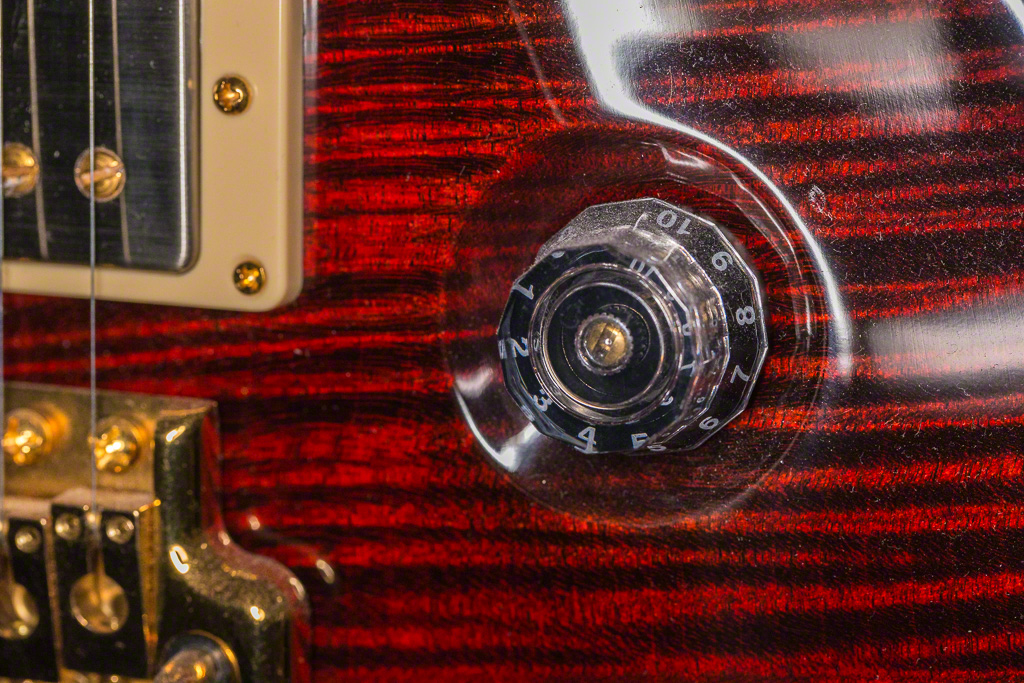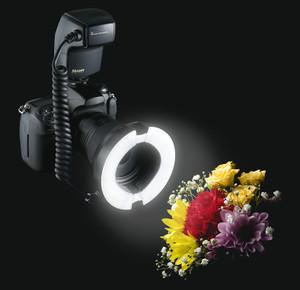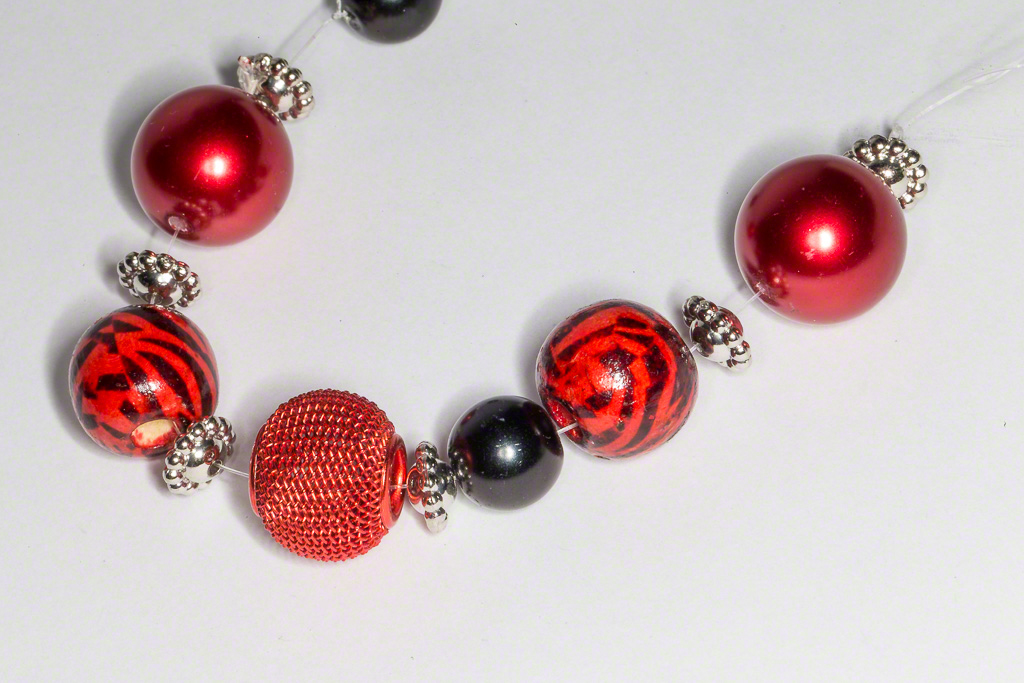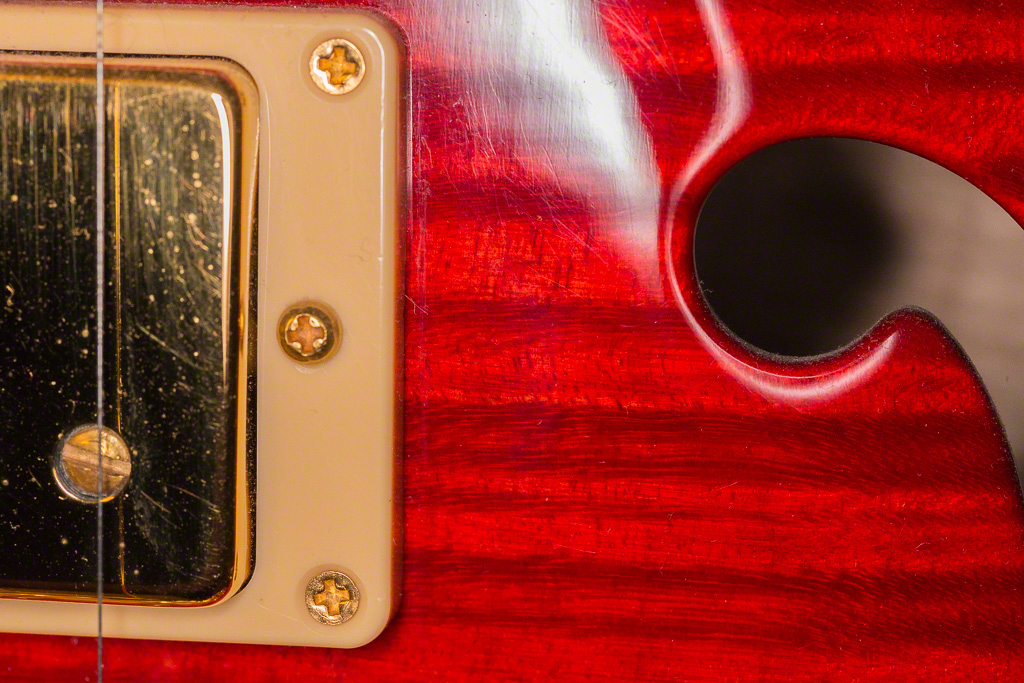 Close up and macro work usually also means some form of supplemental light for adequate depth of field and shutter speeds that don't last until the next ice age. I was kitting up to do a Macro Photography seminar at Henry's Newmarket and asked Store Manager Chris Atkinson if he could bring in some ring flashes for demonstration and potential sale. I specifically asked about Canon's MT-24EX because I like the idea of positionable heads. Then I saw the price tag, and that rings to fit my lenses would be special order because they don't come with the unit and I just gave up. I already knew the MR-14 EX II and it's ok but overpriced. I own a Sigma EM-140 that is getting long in the tooth and is not exactly intuitive. Chris surprised me by getting the Nissan MF18 for both Canon and Nikon.First up, these aren't cheap LED rings, they are serious flashes with TTL support in addition to A mode and Manual. There is also a fine Macro mode where you can dial the power down to 1/1024 output.
Close up and macro work usually also means some form of supplemental light for adequate depth of field and shutter speeds that don't last until the next ice age. I was kitting up to do a Macro Photography seminar at Henry's Newmarket and asked Store Manager Chris Atkinson if he could bring in some ring flashes for demonstration and potential sale. I specifically asked about Canon's MT-24EX because I like the idea of positionable heads. Then I saw the price tag, and that rings to fit my lenses would be special order because they don't come with the unit and I just gave up. I already knew the MR-14 EX II and it's ok but overpriced. I own a Sigma EM-140 that is getting long in the tooth and is not exactly intuitive. Chris surprised me by getting the Nissan MF18 for both Canon and Nikon.First up, these aren't cheap LED rings, they are serious flashes with TTL support in addition to A mode and Manual. There is also a fine Macro mode where you can dial the power down to 1/1024 output.
 Unboxing revealed a solid ring connected by heavy coiled cord to the shoe mount controller packed in a padded case. Pleasantly, rings for most all lenses are included in the box, including 52mm, 58mm, 62mm, 67mm, 72mm and 77mm. You can order 49mm, 55mm and 82mm if you need one of them. Since I use both Canon 100/2.8L and Canon 180/3.5L macro lenses, I was covered without needing to order anything special.
Unboxing revealed a solid ring connected by heavy coiled cord to the shoe mount controller packed in a padded case. Pleasantly, rings for most all lenses are included in the box, including 52mm, 58mm, 62mm, 67mm, 72mm and 77mm. You can order 49mm, 55mm and 82mm if you need one of them. Since I use both Canon 100/2.8L and Canon 180/3.5L macro lenses, I was covered without needing to order anything special.
The ring light itself consists of two curved and diffused flash tubes, supplemented by LED modelling lamps. The ring comes closed as a ring but can be expanded by releasing a switch per side, widening the coverage area. This could help with vignetting issues but also spreads the light out more.
 I was most impressed by the Quick Manual. It is two pages long and covers everything you need to know in a clearly laid out document. The Japanese to English translation is good enough. I was more pleased to find that the unit was actually manufactured in Japan.
I was most impressed by the Quick Manual. It is two pages long and covers everything you need to know in a clearly laid out document. The Japanese to English translation is good enough. I was more pleased to find that the unit was actually manufactured in Japan.
The battery door threw me for a second, because it doesn't hinge, it is part of the removable battery tray. Very elegant design there but watch the icons as the batteries go into the tray all pointing the same way not in the typical four way opposition. Nissan makes extra trays available which would be very useful for scientific or forensic applications where you may be burning through a full charge in one outing.
The main controller is small and feels robust. It is plastic but the kind of plastic that feels good, not the kind that feels like it will fall to pieces if you breathe on it wrong. There is a simple on/off switch, and a four-way rocker switch with a Select button in the middle. Above this is a bright and easy to read LCD panel.
 As good as the quick manual is, you don't need it because the Nissin people have built a stunningly good user interface on this unit. Canon and Nikon could stand to check these folks out, the UI is that good.
As good as the quick manual is, you don't need it because the Nissin people have built a stunningly good user interface on this unit. Canon and Nikon could stand to check these folks out, the UI is that good.
I quickly set the unit to TTL mode and mounted it to my 1Dx with the 100/2.8L lens on it. Attaching the 67mm ring is fast, although it will not take a lens cap when screwed on. The flash tube assembly attaches with two spring released clips, similar to the Sigma and Canon alternatives. Fit is solid but still allows the ring flash to be easily rotated.
This is very important because once in flash mode, the four way rocker allows you to control flash exposure compensation on one axis and flashtube power ratio (A:B) on the other axis. Having used other products, I am still amazed at how simple the Nissin folks have made the unit to use. Being able to ratio the two flash tubes allows for the showing of dimension more than perfectly flat light would.
Power steps in 1/6 EV increments from full to 1/64 power in all modes except Fine Macro which goes all the way down to 1/1024 power.
Exposure compensation is +-3EV in ⅓ EV increments. As much variability as most anyone will ever need.
 You can also set your preferred TTL exposure and keep that if you like something other than 0:0 and for Canon cameras that support it, you can set 2nd curtain sync. Not even all Canon flashes activate 2nd curtain sync so this is nice to have when you want to blend ambient with flash. HSS (High Speed Sync) is also supported.
You can also set your preferred TTL exposure and keep that if you like something other than 0:0 and for Canon cameras that support it, you can set 2nd curtain sync. Not even all Canon flashes activate 2nd curtain sync so this is nice to have when you want to blend ambient with flash. HSS (High Speed Sync) is also supported.
You can even use the MF18 as a Master flash in a Master/Slave relationship and use it to control Slave flashes that support the Canon or Nikon systems using infrared.
I was shooting in landscape mode and flipped the camera up to portrait mode for a shot and when I glanced at the controller LCD panel, the display had detected the change in camera orientation and re-oriented itself, just like your smartphone does. Hey Canon, your 600EX-RT should do this. And have as usable a user interface.
The unit is firmware upgradeable and includes a proper X-sync port as well as a connector for an external power source.
How Does It Shoot
With a Guide Number of 16 at ISO100 you aren't going to be lighting a stadium with this thing. It is nominally more powerful than the OEM base ring lights and perfectly suited to macro and close up. I did use it in a poorly lit room at about eight feet to see how it would deal with the flame top on a Paul Reed Smith Artist guitar and it did a beautiful job, albeit with a bit of hot spotting because of the small source. Colour balance was very clean, coming in at 5500K on the colour checker. The LED modelling lights are not super powerful but do what they are designed to do, specifically providing you a good idea of how the light will be when the flash goes off.
 The modelling lights are useful. Hold Select for 2 seconds and they come on. They stay on until you trip the shutter, and come back on when the exposure is done. Hold Select for 2 seconds to turn them off.
The modelling lights are useful. Hold Select for 2 seconds and they come on. They stay on until you trip the shutter, and come back on when the exposure is done. Hold Select for 2 seconds to turn them off.
I cannot assess battery life as I had the unit for a limited time, but recycles were fast even when I was making the flash work very hard for each shot. I used Sanyo Eneloop 2550mA AA rechargeables for my testing. I stick with either these or PowerEX 2700mA rechargeables and recommend against spending your hard earned money on less powerful rechargeables for your flashes.
Conclusion
 I had never tried a Nissin product before. In fact I knew very little about the company except that it existed and that a friend works for the Canadian distributor. At a retail price of around $450 Canadian, you cannot beat this unit. I like it better than my long abused Sigma EM-140 and much more than Canon's pricey MR-14EX II. That it comes with all the mounting rings most users will ever need in the box, that it does TTL and advanced functions with both Nikon and Canon, that the head pops a bit wider, that the power ratio control band is so huge and that the control user interface is so effective makes it a winner.
I had never tried a Nissin product before. In fact I knew very little about the company except that it existed and that a friend works for the Canadian distributor. At a retail price of around $450 Canadian, you cannot beat this unit. I like it better than my long abused Sigma EM-140 and much more than Canon's pricey MR-14EX II. That it comes with all the mounting rings most users will ever need in the box, that it does TTL and advanced functions with both Nikon and Canon, that the head pops a bit wider, that the power ratio control band is so huge and that the control user interface is so effective makes it a winner.
 The unit images are courtesy of Nissin Digital, but the rest of the images are fast grabs using the ring light on the 100/2.8L macro. The light is nice and has great colour fidelity. In the beads image, you can see how ratioing the two flash tubes contributes to dimensionality. I spent next to no time setting up these images as I was rushed (as usual) but you can see great exposure control from the TTL mode (no post processing exposure adjustments were made).
The unit images are courtesy of Nissin Digital, but the rest of the images are fast grabs using the ring light on the 100/2.8L macro. The light is nice and has great colour fidelity. In the beads image, you can see how ratioing the two flash tubes contributes to dimensionality. I spent next to no time setting up these images as I was rushed (as usual) but you can see great exposure control from the TTL mode (no post processing exposure adjustments were made).
As I said, it's a winner and if macro is something you like and you cannot always shoot in studio refined conditions, a ring light is a huge advantage for maximum depth of field with fast (flash sync) shutter speeds to freeze motion.



















